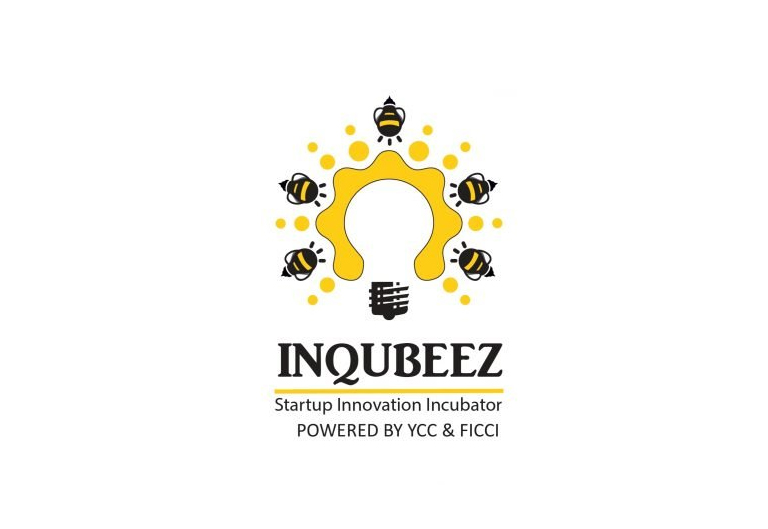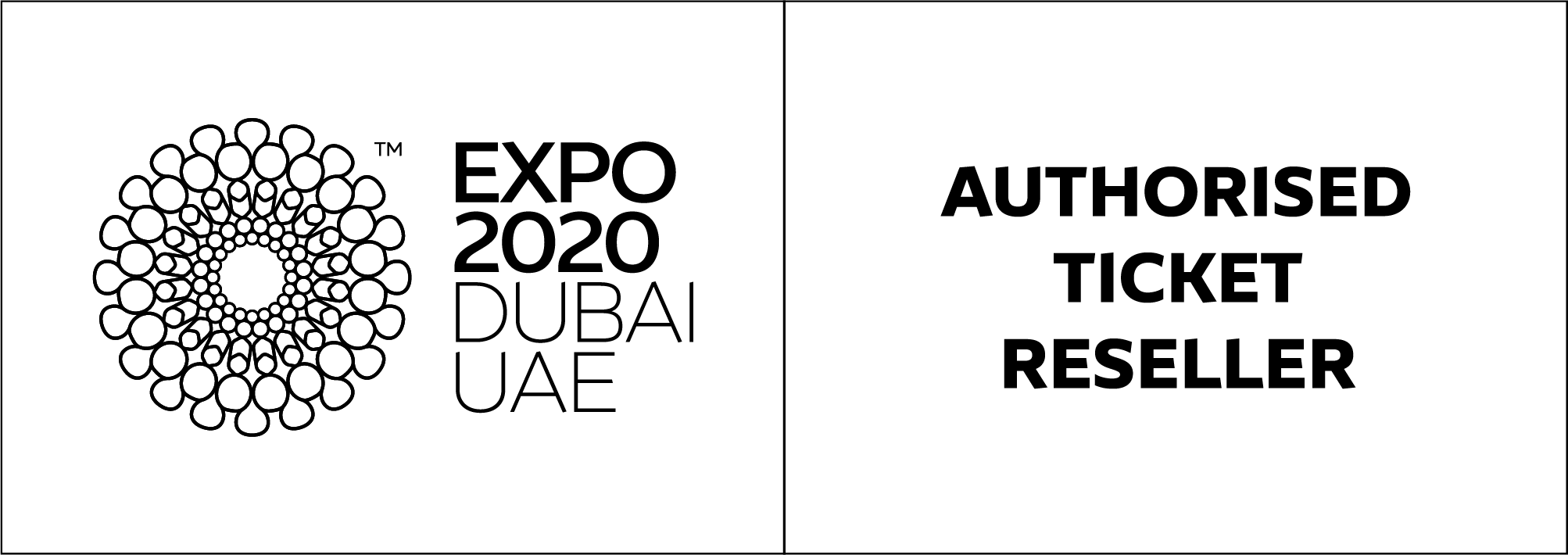Inqubeez


With an objective of ‘enabling innovation through effective industry-academia engagement’, Inqubeez is a program which enables and facilitates setting up of incubation centres. It works towards creating sustainable and strong entrepreneur platform, infrastructure to enable young innovators & entrepreneurs to find the necessary support and access to resources to build successful start-ups.
Through Inqubeez we also uncover business innovation and opportunities between corporations and governments seeking ideas, solutions and investment partners. Under this umbrella, we work closely with Higher Education Academic Institutions, organise international events, seek insights, facilitate in gathering tools and also provide mentorship facilities.
We aim to set-up 500 Global Business Incubators by the year 2022.
Stages of Innovation
Generating Ideas
Connect with peer/innovators to developing core innovation competencies and generating new and creative ideas, which often includes gathering customer insights and testing & translating them into workable ideas. Key activities during this phase include providing learning sessions, workshops, collaboration fairs, ideation boot camps, and other tools that teach people how to think differently.
Innovation enablers during this phase include:
• Encouraging and rewarding idea generation • Exploring and identifying the scope of Innovation • Balancing big picture and details • Challenging assumptions • “What if?” thinking • Gathering evidence that prove the effectiveness • Changing perspectives • Considering the right answer • Influencing peers/others effectively
Joint Evaluation
This phase separates the wheat from the chaff, as potential ideas and opportunities undergo a rigorous screening process. New ideas are discussed, tested, evaluated, and compared for their potential to add value to customers, generate new revenue streams, or accomplish a specific innovation goal. The primary objective is to identify the highest-value opportunities and determine the feasibility of turning them into reality.
Innovation enablers during this phase include:
• Creating and supporting an idea evaluation framework • Collaborating with stakeholders to understand risk • Balancing day-to-day versus longer term requirements • Accepting alteration in ideas • Tie-up with Industry Mentors • Looking for ‘and’ versus ‘but’ solutions • Thinking cross-functionally/organizationally
Execution
This phase ensures that the high-value opportunities identified during the evaluation phase align with institutional capabilities. The senior management requires to commit time, money, and resources to make the innovation happen. This is followed by close tracking of the business performance of the new product or service, as well as measuring the process used to develop the innovation and looking for ways to improve it.
This phase includes:
• Continually communicating the need for innovation as a business focus/strategic mandate • Linking innovation to key strategies • Sponsoring innovation projects • Incorporating innovation reports into the business review processes • Funding innovation • Developing risk management strategies and approaches • Capturing and sharing innovation learning • Learning from failures • Growing and Scaling of Successful Innovation Exploring and identifying the scope of Innovation • Balancing big picture and details • Challenging assumptions • “What if?” thinking • Gathering evidence that prove the effectiveness • Changing perspectives • Considering the right answer • Influencing peers/others effectively


